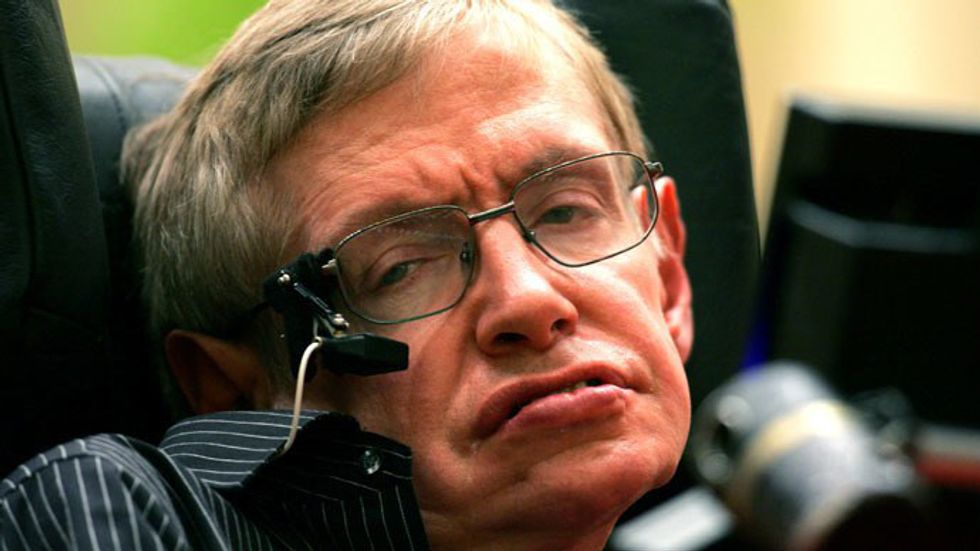Paralysis is a terrifying thing that can happen to almost anybody. Traumatic accidents can cause permanent damage, or a stroke can destroy the motor functions of your brain, or a latent fluke in your genetics can erupt one day and slowly rob you of your limbs. And it’s a depressingly common ailment. A recent study- the first of its kind- has estimated that as many as 2% of Americans, one out of every 50, suffer from some form of paralysis or another. In modern America, you are more likely to be paralyzed than to have green eyes.
Of course, not every paralyzed person is someone you would pick out of a crowd as the paralyzed one. The medical definition of paralysis is broad, and the majority of cases represent a restriction of movement, instead of being paraplegic or quadriplegic. For the majority of paralyzed Americans, their affliction is a nuisance instead of life-changing.And for the majority of more extreme cases, physical therapy is enough to rehabilitate the injured party and get them back on their feet- both figuratively and literally.

Well, there’s always that modern miracle cure known as stem
cell research. Recent studies done by the company Asterias Biotherapeutics have
shown significant promise in regenerating the cells of injured spines using an
injection of stem cells.
According to the studies, paralyzed patient injected with
high numbers of stem cells showed far greater improvement in their motor
functions (especially in the upper body) than patients who didn’t receive any.
And, critically, patients who received the highest doses improved better than
patients who received a lower number of stem cells.
But what about when it gets even worse than that? What about
when paralysis and disease rob you of your ability to communicate? What about
the Stephen Hawkings of the world, who can’t even speak?
Well, that’s when science steps up to the plate. Hawking is
by now famous for his use of a voice synthesizer, which he used to control with
a hand. However, as his ailment worsened, he has gradually lost the ability to
do even that- in the last few years, he has had to rely on twitching his cheek
to type out words at a rate of one word per minute, far too slow for normal
conversation.
The solution was simple: just read his brainwaves.
This technology has been a long time in the making. The
concept has been around for years, but still isn’t as practical as it should
be. The device doesn’t work by reading a patient’s mind and transcribing their
thoughts- instead, it scans the brain for the most easily detectable variations
of brainwaves, such as the difference between “eyes open” and “eyes closed” or
attempts to make broad movements with your limbs. These brainwave variations
are then translated into the movement of a cursor on a screen, which can be
used to select letters on a virtual keyboard.
Recent research done using monkeys have found that the
monkeys adapt quickly to using the technology, and are able to transcribe
pieces of literature at a rate of 12 words per minute. It’s not exactly the
lightning fast speed of conversation most of us are used to, but it’s much,
much better than no words at all.






















